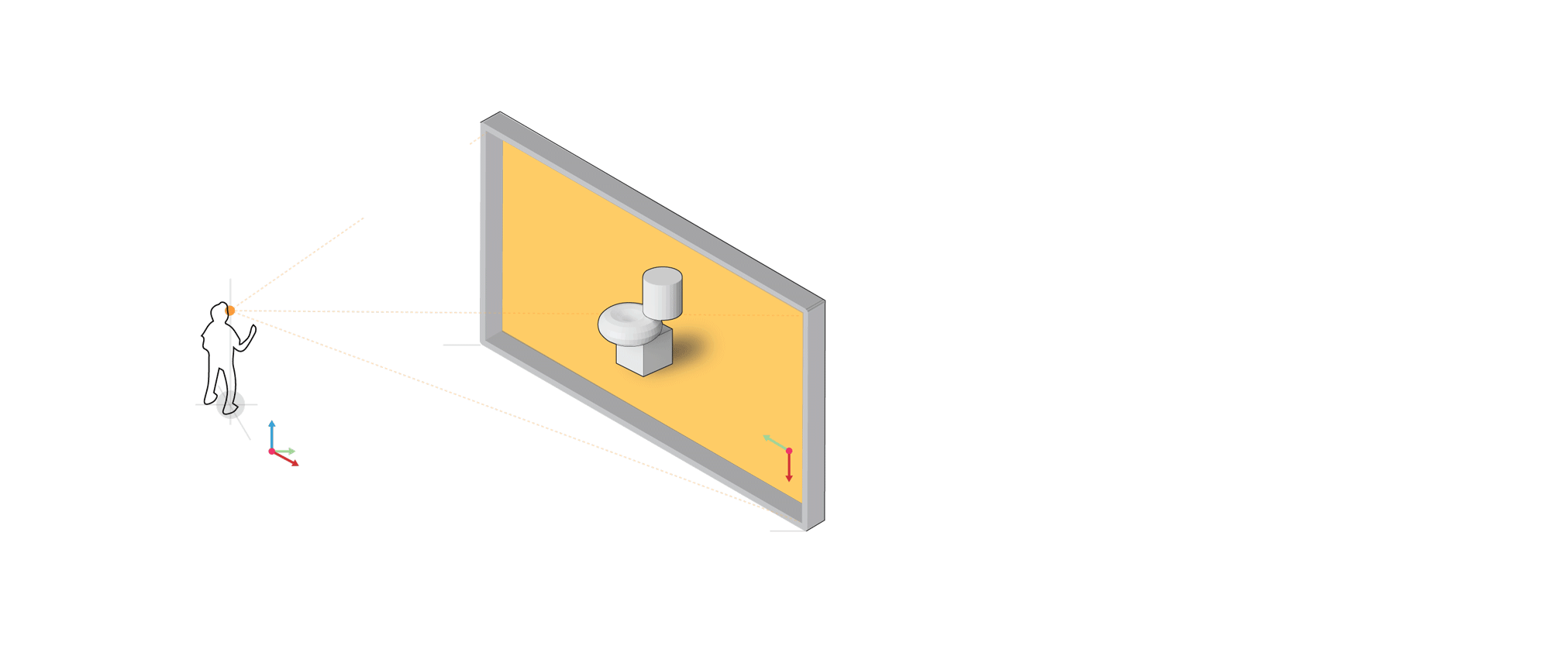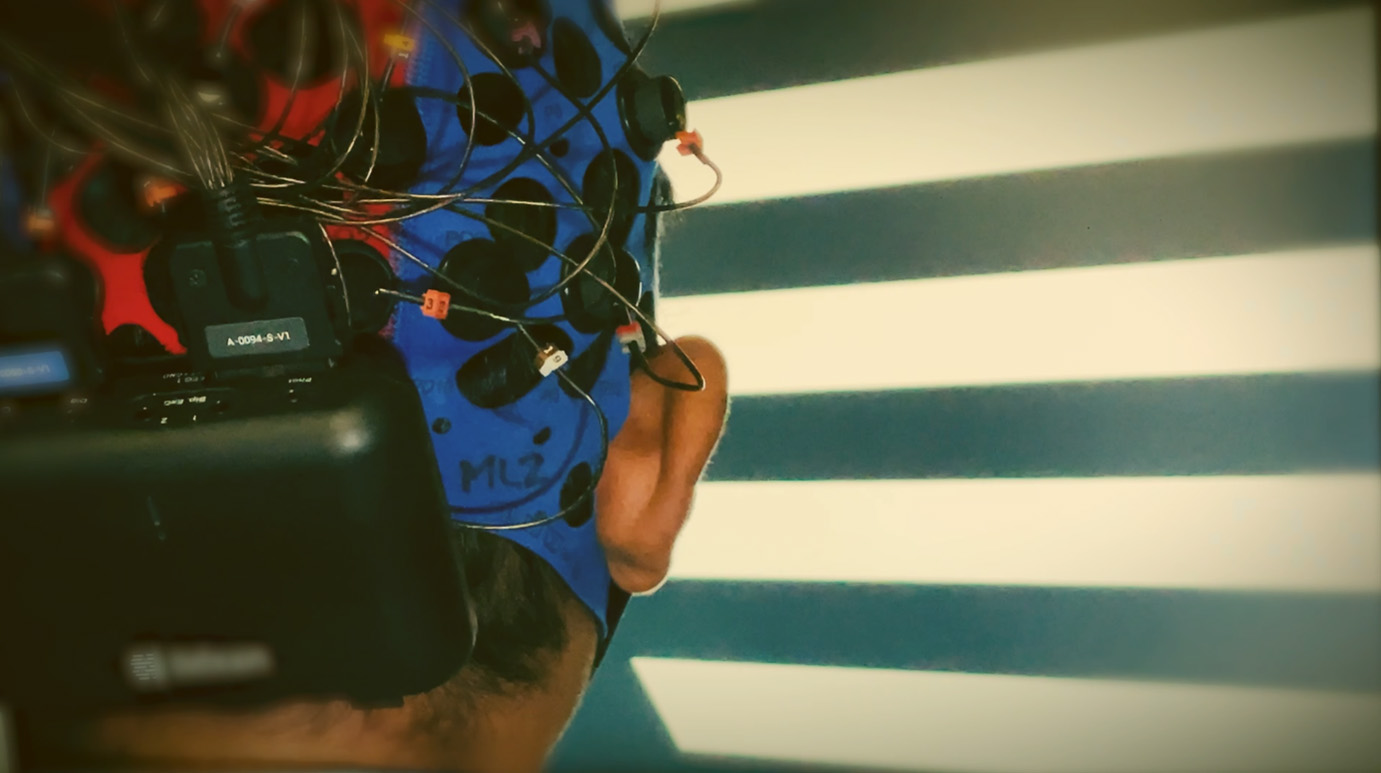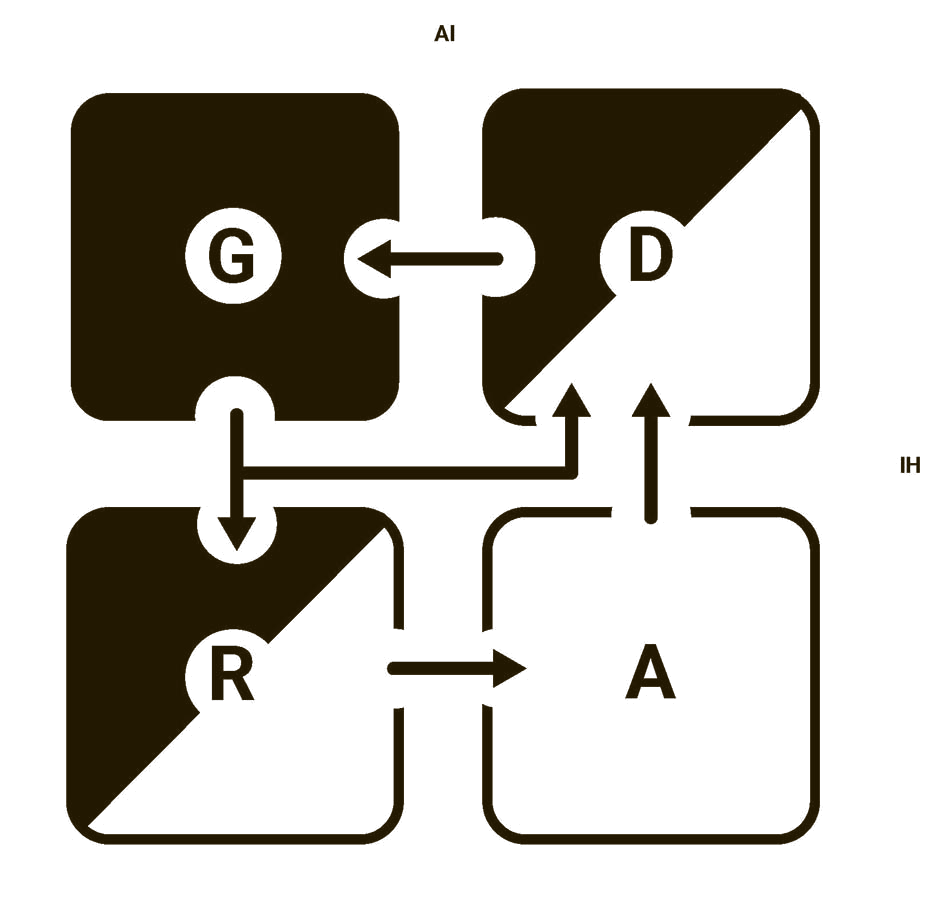NeuraMod
Architectural Modeling with Neural Potentials.
Lay Summary
The Neuramod project aims at assessing a new modeling approach in the early design phases involving human and artificial intelligence to generate meaningful architectonic articulations from visual inputs and their correlated neural responses. Its goal is to contribute to the next generation of grammar-less modeling methods, which should allow for more significant variance and fluency in design explorations and iterations. By researching BCI for generative architectural modeling, this project elaborates progressively on a technical infrastructure, allowing for the production and evaluation of visuospatial and physical experiments.
As a Use-Inspired and Basic Research project, it aims to establish significant basic theoretical and technical knowledge, which, by its modalities, might also address a much larger audience than expert practitioners and enlarge the accessibility and inclusiveness spectrum of digital design. Its development scope allows for many use cases and creates an ideal ground for near-future implementations through other technology transfer mechanisms. The project’s schedule is organised in two main phases progressively and iteratively. While the first phase involves integrating multidisciplinary technical and theoretical knowledge from the scientific fields in CAAD and Cognitive Science into a modeling software prototype, the second phase focuses on implementing found methods for modeling architectural prototypes at a small scale.

Interactive and Generative modeling loop. Neuramod.
Description
A significant part of BCI research has, so far, been focusing on interactions using exogenous responses under selective attention with synchronous and reactive methods for clear relation with controlled stimuli and the widespread applicability of the methods. Over the past two decades, ERP have become increasingly investigated by a broader community of researchers due to the relatively little training necessary for a system to perform and their detection across diverse acquisition modalities to correlate with the sensory discrimination of dedicated stimuli. However, the relatively simple design of experiments for the sake of controlled results has also been a barrier to advances in further applications.
The proposed study aims to observe the detection of ERP components and correlated neural phenomena under the visual presentation of complex stimuli and devise processing methods that would generalize their classification and cardinality for applications in CAAD, where visual complexity becomes an intrinsic feature of the tasks. Its objective is exploratory and twofold: evaluating data processing and stimulus presentation methods and the evolution of similar responses in repeated measures intra- and inter-subjects in non-clinical states.

Visual discrimination experiment. Neuramod.
Hypotheses
Covert responses in physiological data may allow for a more significant variance than behavioural ones to maintain polysemy in creative design processes. However, a systemization of the comparative process is necessary for evaluation. To bring more variance, an interactive and generative model that involves and leverages two kinds of intelligence (artificial and human) should frame the informational flows to create an adaptive and mutually beneficial loop that modulates each other’s beliefs towards particular tasks. The GRAD quadrium model (Generation, Rendering, Acquisition, Discrimination) represents such intent in conjugating artificial intelligence and intelligent humans.
An inverse model is required in the form of Vision-As-Inverse-Graphics to generate complex scenes from basic perceptual features, as in the efficient processing of natural scenes found in vision. While an early visual model represents the generative processing of natural scenes synthetically, its inferential mode represents the analytic portion. This principle is generalized to connect natural and synthetic compositions. It constitutes an adequate computational model for synthetically generating scenes from perceptual features that would be processed naturally at a fast pace.
For operative reasons, a necessary reductionist approach must occur at the articulation of sensory inputs digitized into signals and the classification of found features by AI methods to establish a fluent interaction. Inputs from the visual domain involve complexity and dimensionality, making it hard for steady reproducibility in BCI experiments except when brought down to reduced controllable features. However, a handful of separable classes should be involved in particular sensory discrimination under a logical framework of primary order once provided with a standardized presentation of these stimuli. Their cardinality should remain independent from the informational complexity of the stimulus despite being factored by cognitive parameters.

Schematisation of a circular coupling of both AI (top) and IH (right). The GRAD quadrium is described clockwise from generation (G), rendering (R ), acquisition (A) and discrimination (D) and operating on sequential transformations of information. Source: Cutellic P., Neurodesign, ETH Zürich, 2022.
Funding & Institutions
The Neuramod project is fully funded by the Swiss National Science Foundation SNSF Project Funding Div. 1-2 for Humanities, Social sciences, Mathematics, Natural and Engineering sciences. It is hosted at the Institute of Technology for Architecture (ITA), Chair of Digital Architectonics (CAAD) of ETH Zürich. Its two main individual partners are Dr. Ricardo Chavarriaga from the Center for Artificial Intelligence (CAI) of ZHAW Zürich, and Dr. Marco Congedo from the Vision and Brain Signal Processing Group (GIPSA) of CNRS Grenoble. Further secondary partnerships might be sought along the project for complementing advisory, scientific or industrial expertises.
